General Data
The ACT is a standardized test for high school achievement and college admissions in the United States produced by ACT, Inc. The ACT has historically consisted of four tests: English, Mathematics, Reading, and Science Reasoning. In February 2005, an optional Writing test was added to the ACT.
All four-year colleges and universities in the U.S. accept the ACT. In addition to US colleges and universities, many other countries’ colleges and universities has started to accept ACT.
The main four tests are scored individually on a scale of 1–36, and a Composite score is provided which is the whole number average of the four scores. The ACT is generally regarded as being composed of somewhat easier questions (versus the SAT), but the time allotted to complete each section increases the overall difficulty (equalizing it to the SAT).
Structure and Scoring
The required portion of the ACT is divided into four multiple choice subject tests: English, mathematics, reading, and science reasoning.
Subject test scores range from 1 to 36. The English, mathematics, and reading tests also have sub scores ranging from 1 to 18 (The subject score is not the sum of the sub scores.)
The composite score is the average of all four tests. In addition, students taking the writing test receive a writing score ranging from 2 to 12, a combined English/writing score ranging from 1 to 36 (based on the writing score and English score), and one to four comments on the essay from the essay scorers. The writing score does not affect the composite score.
On the ACT, each question correctly answered is worth one raw point. There is no penalty for marking incorrect answers on the multiple-choice part of the test.
English
The first section is the 45-minute English test covering usage/mechanics and rhetorical skills. The 75-question test consists of five passages with various sections underlined on one side of the page and options to correct the underlined portions on the other side of the page.
Mathematics
The second section is the 60-minute, 60-question mathematics test with 14 covering pre-algebra, 10 elementary algebra, 9 intermediate algebra, 14 plane geometry, 9 coordinate geometry, and 4 elementary trigonometry questions. Calculators are permitted in this section only. This is the only section that has five instead of four answer choices.
Reading
The reading section consists of four ten-question passages, from the realm of prose, humanities, social science, and natural science. The student gets 35 minutes to take this test.
Science reasoning
The science reasoning test is a 35-minute, 40-question test. There are seven passages each followed by five to seven questions.
Writing
The optional writing section, which is always administered at the end of the test, is 30 minutes long. All essays must be in response to a given prompt.
Registration:

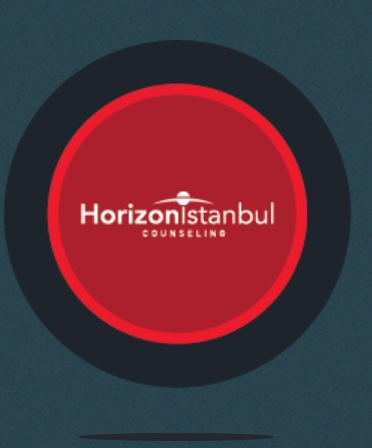
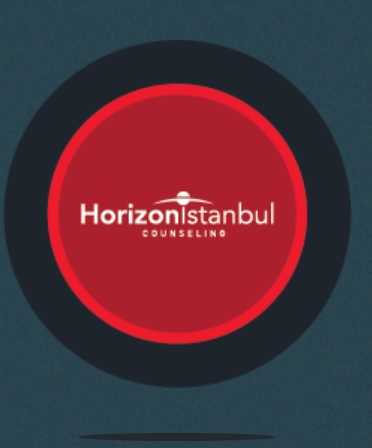
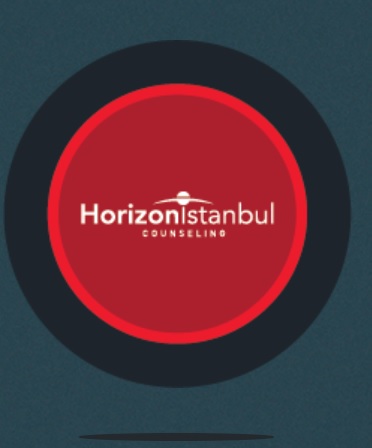
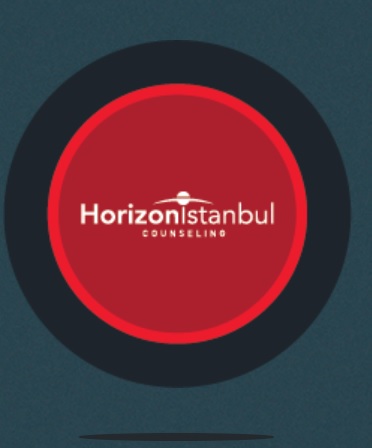
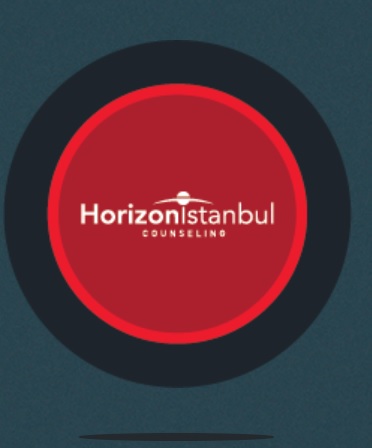

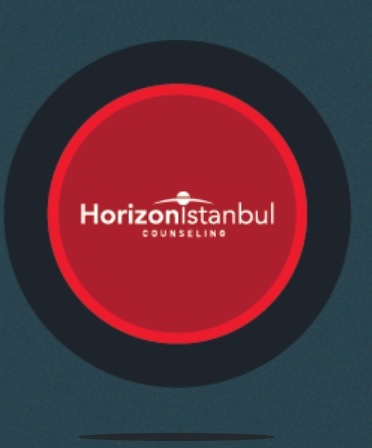
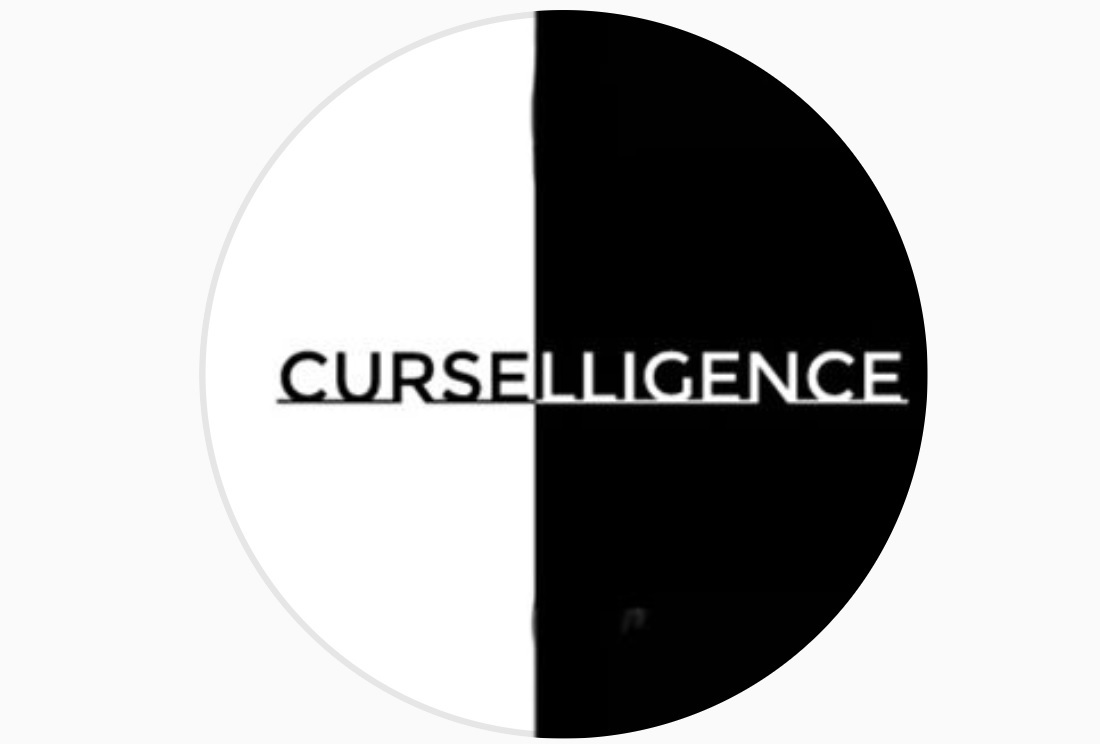
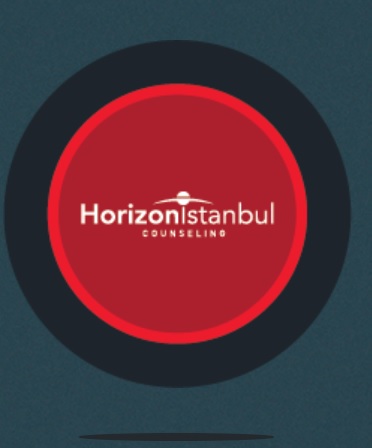











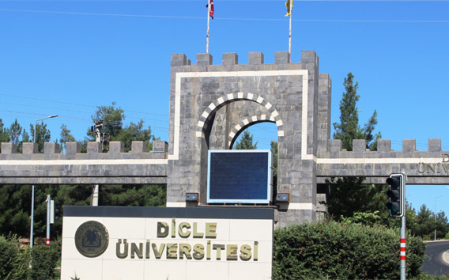






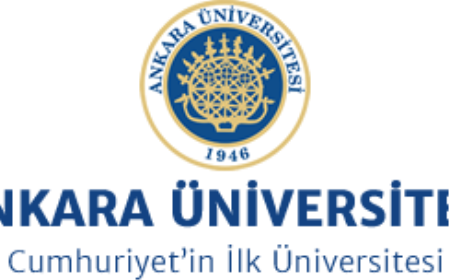
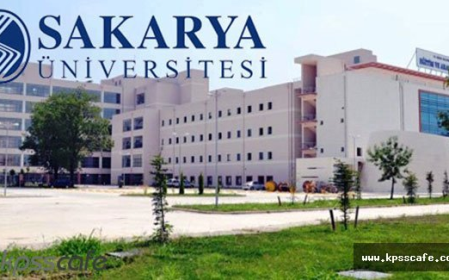

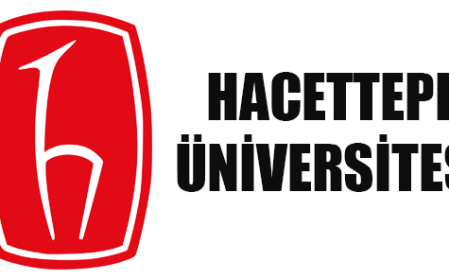

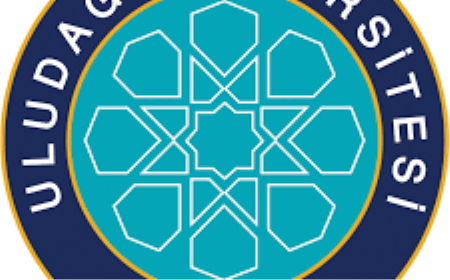
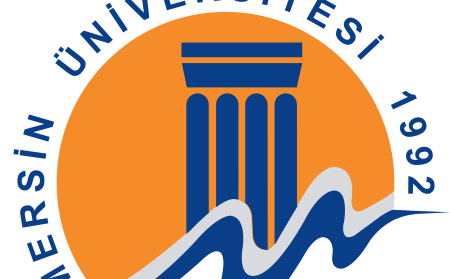


Comments